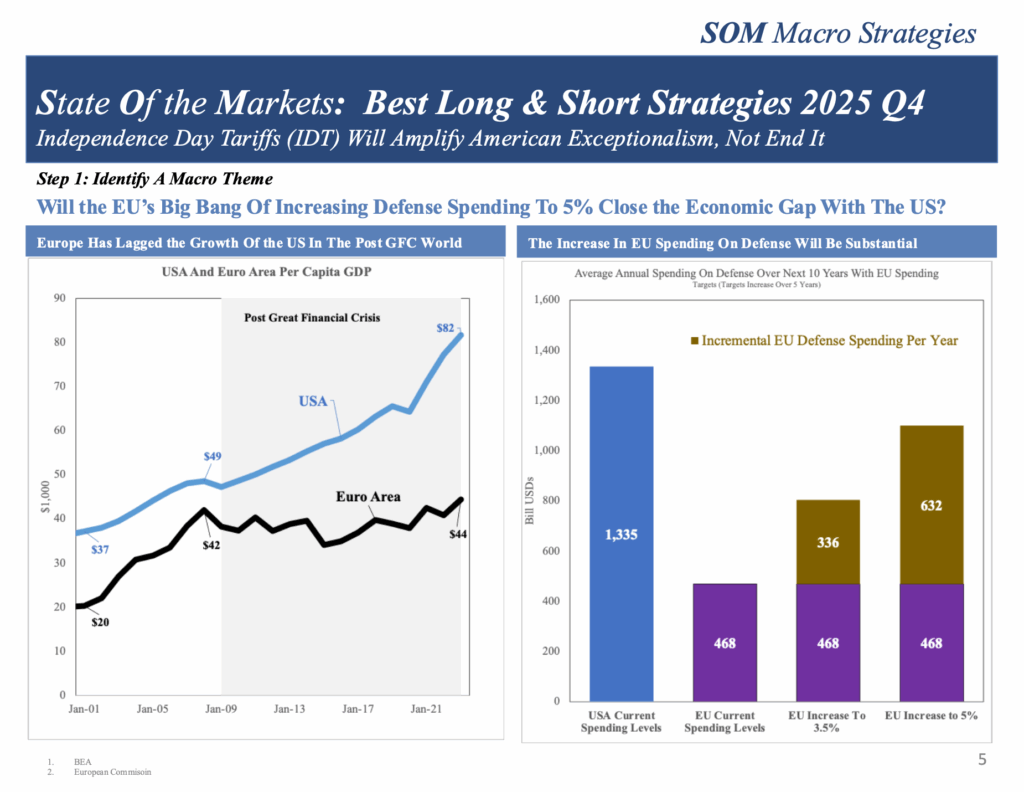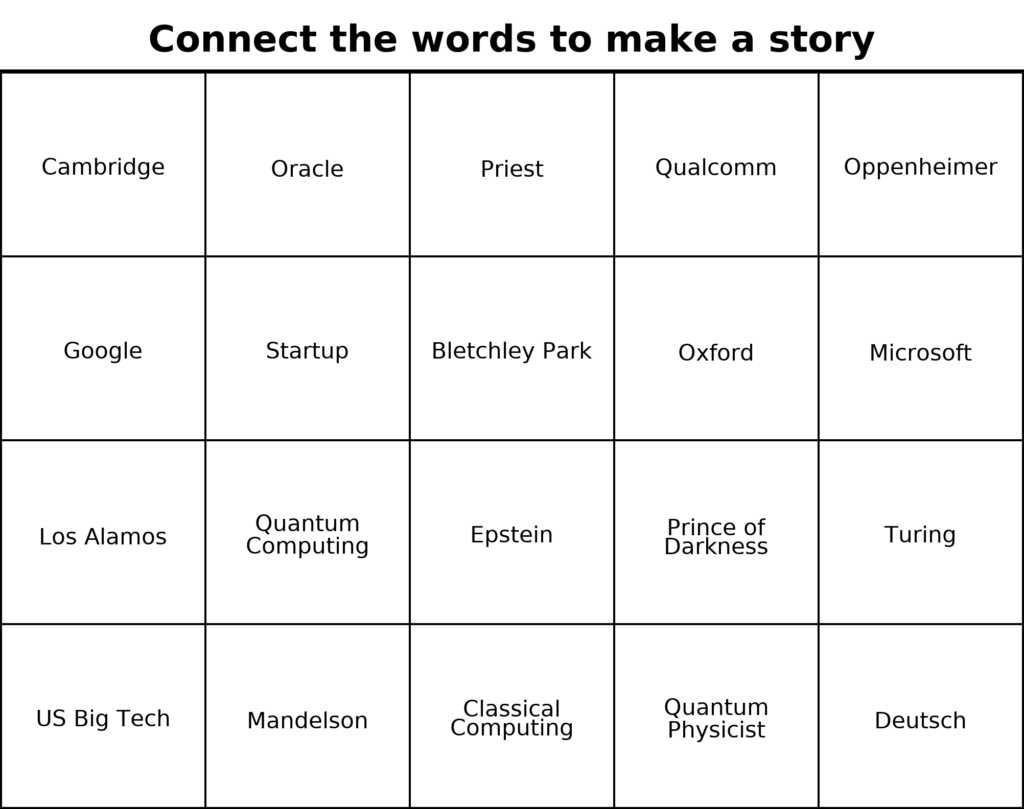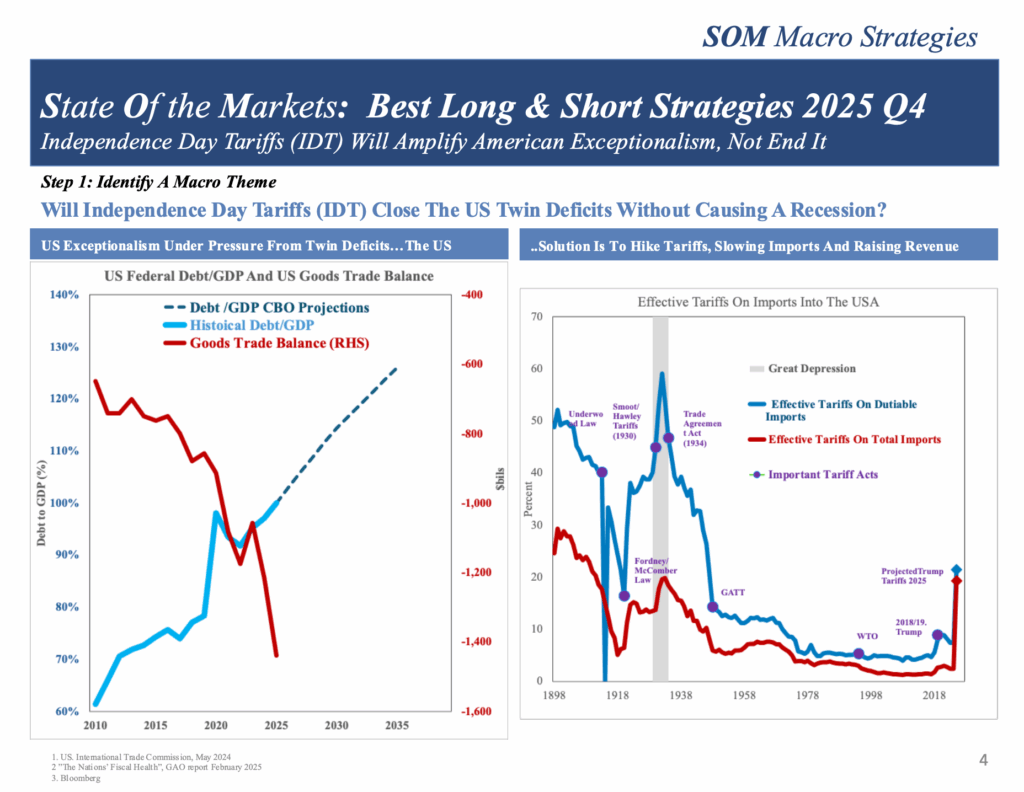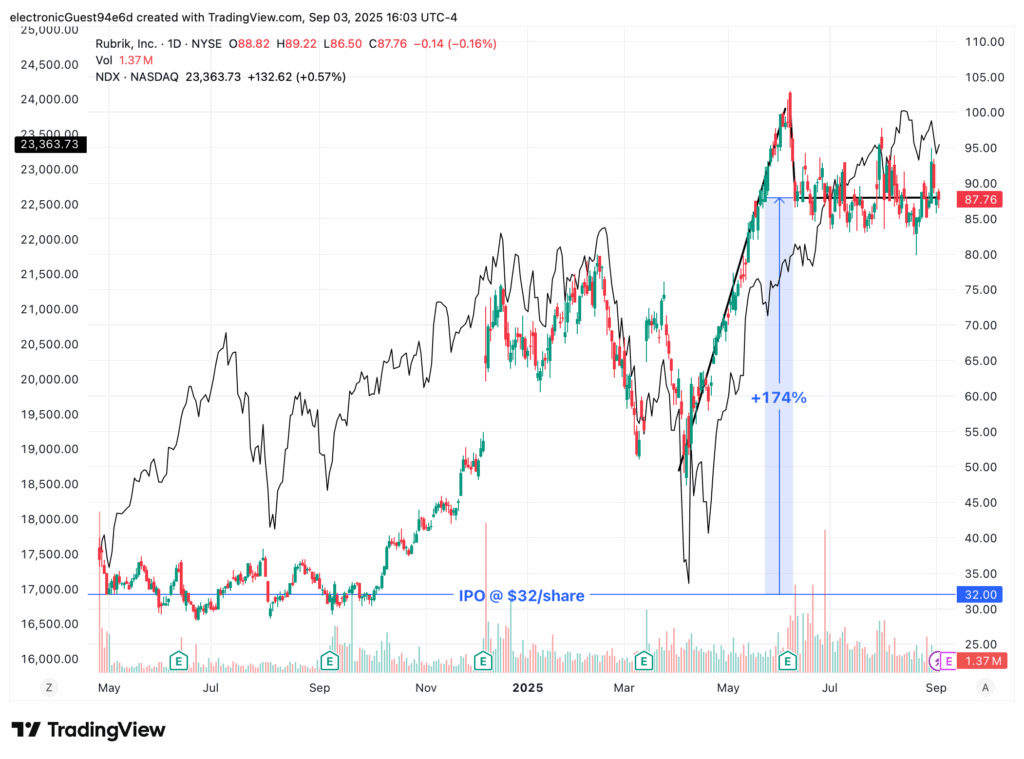Yesterday, we released the results of our markets survey (see below). Typically, a respondent will compare his/her responses against those of the masses in order to identify potential pitfalls of group-think. Unfortunately, the top line figures are not as helpful with this process as one would like.
So, we thought we would share a simple survey analysis to demonstrate how cognitive biases and group-thinking are formed, and how we may quantify them.
The 5 questions in our survey (below) are somewhat interconnected, or so a financier with several years of experience would believe. For simplicity, we select 3 out of 5 questions:
- Question 1 – Stock market (S&P) predictions which we divide into 3 groups of responses: i) lower (down more than 250 pts), ii) unchanged (within 250 pts), and iii) higher (up more than 250 pts). This leaves 3 possibilities: up, down, about the same, with generous buffers.
- Question 2 – Bond yield levels we keep at the 8 options originally provided.
- Question 4 – Tech regulation, also keeps at the original 5 response options
It is reasonable to expect a markets professional to have an informed view on each of these points.
The math
42% saw stocks higher and treasury yields higher or slightly higher (prices lower)
72% saw the S&P 500 above 3600 in 6 months time and treasury yields higher or slightly higher
Counter consensus would have stocks lower and bond yields lower. A shock would see treasury yields negative and deregulation of Big Tech.
A portfolio manager is tasked with assessing the real-world probabilities of each outcome, the associated uncertainties, against the potential investment returns, in order to make the most suitable decisions for their investors.
Our analysis here overlooks the many complexities that interplay within the financial services industry: benchmarking, client portfolio flows, fiscal, and monetary policy shifts, to name but a few.







